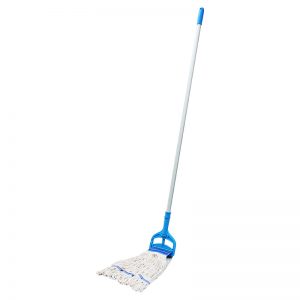Under normal circumstances, the mop can be changed every three or four months. Many families put the mop on the floor of the bathroom after using the mop, or directly hang it on a hook at a certain height from the ground without screwing it. Dry. Whether it is a cloth mop or a rubber cotton mop, after repeated use, drying in the shade, and long-term damp environment, it will become a breeding ground for bacteria and other microorganisms.
After using the mop, try to squeeze out the moisture from the cloth or rubber cotton head. In terms of placement environment, most people are used to putting mops in the bathroom, and the humid environment of the bathroom is suitable for pathogenic microorganisms such as bacteria, molds, fungi, candida, dust mites, etc. to survive. Reusing the contaminated mop floor, bacteria and microorganisms will spread to every corner of the home, the elderly, children, people with allergies, and people with low immunity are vulnerable to infection.
The best way to dry the mop is to dry it on the balcony. It is best to install a mop rack hung on the wall and place the mop on it, so that the cloth or glue head hangs in the air and does not touch the ground. It should be noted that the cloth mop can withstand the sun, and the rubber cotton mop should not be exposed to the sun and should be placed on the shaded balcony.
Household mops should be disinfected and cleaned regularly. You can wash the mops with clean water when they are well ventilated and the climate is relatively dry, and place them in the sun for a period of time to keep them dry. For people who are prone to allergies or infections at home, it is recommended to soak them in a diluted chlorine-containing disinfectant (such as 84 disinfectant, add 10 ml of water to a bucket of water) every week for 30 minutes, then clean them, and dry them for later use. Or make a pot of water during the weekly cleaning, add diluted disinfectant and a little detergent to disinfect the mop, and clean the floor with two birds with one stone.








